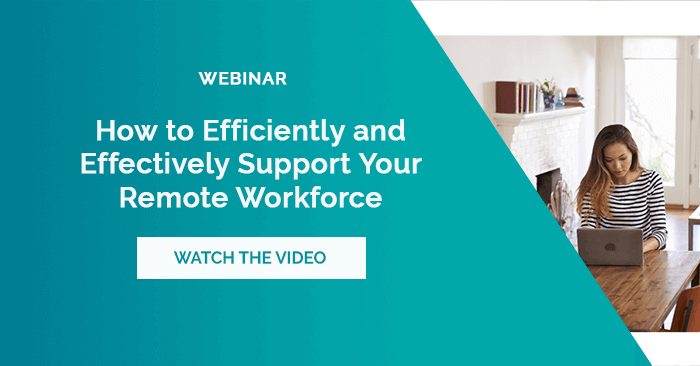Over the past several years, mobility has caught the eye of many enterprises looking to increase productivity, communication, culture and morale, collaboration, engagement and customer service, among other areas. According to the OMDIA report, mobile employees make up most of the workforce today. Only 33% of workers are “tethered” to a single place, like a central office or store. In this article we’re going to take a look at the future of mobility in the workplace, and the trends that we can expect to see going forward.
1. The Generational Shift
As Baby Boomers retire, their vacant positions will be filled by ‘born digital’ generations. This will lead to an inevitable shift in company dynamics, and a change in company culture. The next generation to take the helm, Generation X and the Millennials, have already made irreversible changes in the workplace, and will continue to do so in the future.
The concepts of the office, work/life balance and even business relationships have already changed. Unprecedented access to information and powerful new communication tools have opened up all businesses to worldwide activity. According to Gartner, 84% of organisations are already taking advantage of these developments by employing a remote workforce.
With this paradigm and generational shift, enterprise mobility becomes essential to the management of a much more independent and self-motivated workforce.

2. BYOD
Mobile device ownership is increasing at a staggering pace, so we can expect to see BYOD policies popping up more and more. In 2020, the mobile workforce market unexpectedly reached unprecedented levels when employees were forced to work from home as a result of the global pandemic.
The advantages of these policies are obvious: companies do not have to invest in hardware and staff members can use the devices they are most familiar with and work flexible hours which increases productivity.
However, BYOD comes with its own sets of digital employee experience challenges such as connectivity, security and support, which the mobile workforce expects the IT department to provide.
Internal helpdesk support is best delivered when the digital and mobile workplace of an enterprise is designed around an intranet that enables open communication, feedback, recognition and access to self-service training materials. To deliver a great digital employee experience on a company intranet, it's best practice for companies to implement a regular feedback policy rather than annual performance reviews. companies should also use virtual learning instead of printed manuals.

3. Employees Becoming Assets
As the job marketplace continues to open up globally, and remote work becomes more and more of a staple, employees will become much harder to retain. As such, companies that adapt to the shifting demands of a dynamic workforce, and companies that can keep this workforce engaged, will naturally draw in more top talent.
Culture plays a big part here. To increase retention rates, companies have to nurture a community that can interact remotely. However, many companies would rather not organize such a community on existing public social networks, due to a lack of security, interoperability and functionality, instead looking for custom solutions that provide all of the above.
Further reading: [Blog Post] How to Create a Culture that Embraces Digital Transformation
4. The Growing Demand for IT Professionals
The demand for enterprise-level software solutions has skyrocketed the demand for IT professionals. Existing IT departments often find themselves overworked and underfunded while trying to develop business critical systems that have to meet a wide variety of requirements. Combine this demand with the previous trend, and we’re likely to see IT wages go up, while the supply for top talent goes down.
5. The Rising Importance of Big Data Analysis
The correct gathering, categorising and analysis of big data is going to play a major role in enabling enterprises to gain insight into customer behaviour. As such, it is very important for companies to develop intranets that have the capacity to exchange relevant and useful information, with UX focused design to make data accessible and to present information in an easy-to-understand manner across all levels of an enterprise.